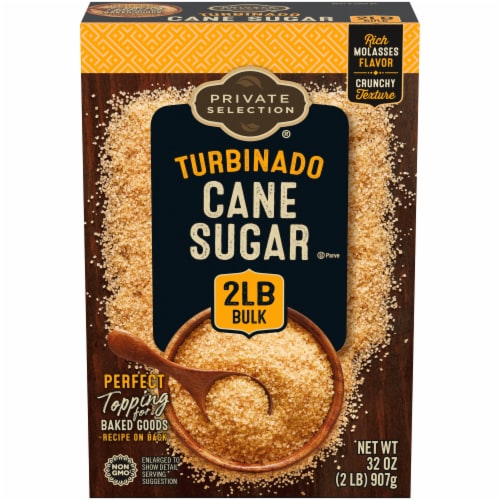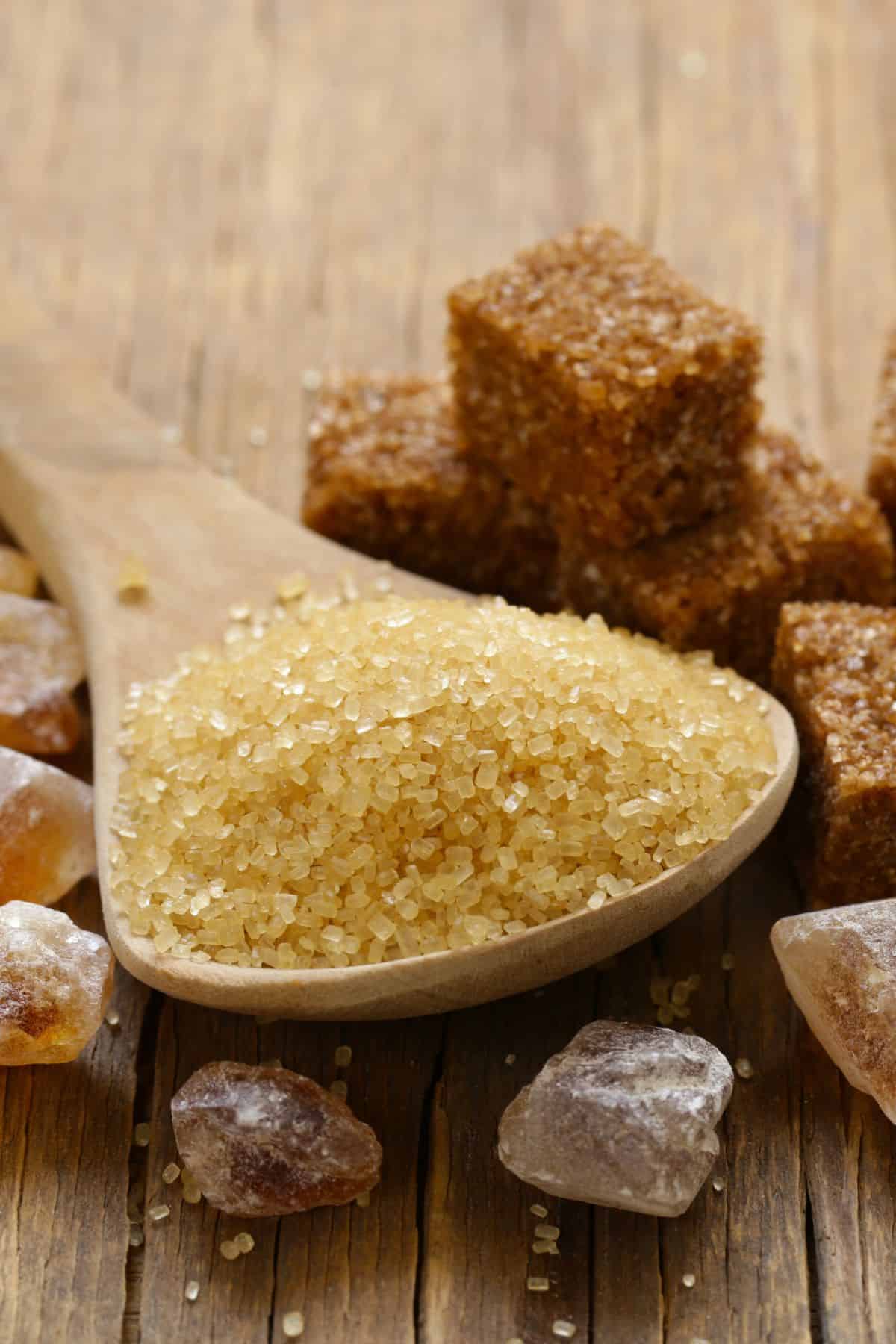Comprehending Cane Sugar Processing: A Comprehensive Summary of the Stages
Comprehending Cane Sugar Processing: A Comprehensive Summary of the Stages
Blog Article
Recognizing the Critical Techniques and Technologies Used in Modern Walking Stick Sugar Handling
The evolution of walking stick sugar processing has actually been dramatically formed by the combination of advanced methods and innovations that resolve both effectiveness and sustainability. As we check out these crucial developments, it becomes vital to take a look at exactly how they not just boost manufacturing yet additionally line up with wider market patterns and consumer needs, elevating inquiries about the future of sugar handling and its effects for international markets.
Historical Context of Walking Stick Sugar Handling
The historic context of cane sugar handling reveals a rich tapestry of farming development and cultural exchange that has actually formed its growth over centuries. Coming From Southeast Asia, sugarcane was cultivated as early as 8000 BCE - Cane Sugar Processing. The procedure of improving and extracting sugar acquired momentum in India, where approaches for condensation were developed around the 6th century. This knowledge passed through to the Middle East, and by the 12th century, sugar became a valued asset in Europe, causing the establishment of sugar vineyards in the Mediterranean.

Advanced Removal Strategies
Effectiveness in cane sugar removal has actually seen considerable developments, driven by the demand for greater yields and lower production expenses. Standard methods have actually evolved, offering method to innovative innovations that boost the efficacy of the removal procedure. One remarkable development is making use of enzyme-assisted removal, where certain enzymes break down cell wall surfaces and release even more sucrose from the walking cane fibers. This strategy not just increases sugar yield but also minimizes the energy needed for processing.
In addition, the fostering of membrane layer filtration innovations, such as nanofiltration and reverse osmosis, has actually changed the separation of sugar from pollutants. These approaches permit the careful permeation of sugar molecules while retaining larger impurities, streamlining the removal process and reducing waste.
Additionally, the assimilation of constant extraction systems has resulted in enhanced operational effectiveness. Cane Sugar Processing. These systems preserve a constant circulation of cane material, making certain ideal removal conditions and decreasing downtime related to set handling
Innovative Refining Technologies
Refining techniques in cane sugar handling have undertaken a transformative shift, driven by the demand for greater purity and enhanced item quality. Among one of the most notable advancements is the adoption of membrane purification modern technologies, such as ultrafiltration and nanofiltration. These processes effectively eliminate contaminations and colorants check that without the need for considerable chemical therapies, therefore maintaining the sugar's all-natural flavor and boosting its appeal.
Another significant development is making use of ion exchange resins, which enable selective elimination of unwanted ions from sugar remedies. This technology not just raises the total pureness of the last item however additionally adds to minimized waste and environmental influence.
Furthermore, improvements in adsorption strategies, making use of turned on carbon and various other advanced products, have proven reliable in decolorizing sugar services while maintaining optimal high quality. The combination of these ingenious refining innovations guarantees that manufacturers can create polished sugar with superior quality and taste, meeting the advancing preferences of customers.
Automation and Control Equipment
Recent developments in refining modern technologies have actually led the way for significant improvements in automation and control systems within cane sugar handling facilities. These systems utilize sophisticated software and equipment to boost functional effectiveness, reduce human error, and make sure constant product top quality.
Modern automation incorporates different elements, including sensing units, actuators, and programmable reasoning controllers (PLCs), making it possible for real-time tracking and control of critical processes. For circumstances, stress, flow, and temperature prices can be specifically controlled throughout extraction, explanation, and formation phases, maximizing performance and lessening waste.
Furthermore, advanced data analytics and machine understanding algorithms play a crucial duty in informative post predictive upkeep, permitting drivers to expect tools failures prior to they occur. This proactive strategy not only decreases downtime yet additionally extends the lifespan of equipment.
On top of that, automation facilitates the application of Sector 4.0 principles, empowering sugar mills to accomplish greater connectivity and information exchange across processes. Because of this, decision-making comes to be even more educated and active, inevitably boosting the overall competitiveness of cane sugar production. With these advancements, the industry is well-positioned to fulfill growing international demands while preserving operational excellence.
Sustainability Practices in Sugar Production
Sustainability techniques in sugar production have ended up being progressively vital as the market seeks to balance financial practicality with ecological obligation. As customer understanding grows relating to the ecological influences of agricultural practices, sugar manufacturers are embracing innovative techniques to lower their environmental footprint.
One substantial strategy is the implementation of accuracy farming strategies, which utilize information analytics to maximize source usage, such as water and plant foods. This reduces waste and reduces the influence on local ecological communities. Additionally, lots of producers are transitioning to sustainable power resources, such as biomass from sugarcane by-products, to power their procedures, consequently decreasing dependence on nonrenewable fuel sources.
Water administration methods are likewise crucial; rain harvesting and reliable watering systems aid reduce water scarcity concerns. Cane Sugar Processing. In addition, incorporated insect administration techniques minimize chemical use, promoting biodiversity and dirt wellness
Company social obligation initiatives are arising, with companies spending in neighborhood areas and ensuring fair labor methods. By accepting these sustainability methods, the sugar industry not only improves its credibility yet additionally adds to a much more sustainable farming landscape, leading the means for future generations.

Conclusion
In summary, modern-day Check This Out cane sugar processing integrates an array of advanced strategies and technologies that significantly enhance return, sustainability, and effectiveness. Collectively, these innovations position the walking stick sugar industry to meet modern demands while dealing with crucial worldwide challenges.
The development of cane sugar processing has been substantially formed by the combination of advanced strategies and modern technologies that address both efficiency and sustainability.The historical context of walking stick sugar handling exposes an abundant tapestry of agricultural innovation and cultural exchange that has formed its advancement over centuries. Technologies in milling and refining arised, laying the groundwork for modern walking stick sugar processing.Refining strategies in cane sugar handling have actually undertaken a transformative change, driven by the need for greater pureness and improved product high quality.In summary, contemporary cane sugar processing incorporates a variety of advanced techniques and modern technologies that considerably boost return, efficiency, and sustainability.
Report this page